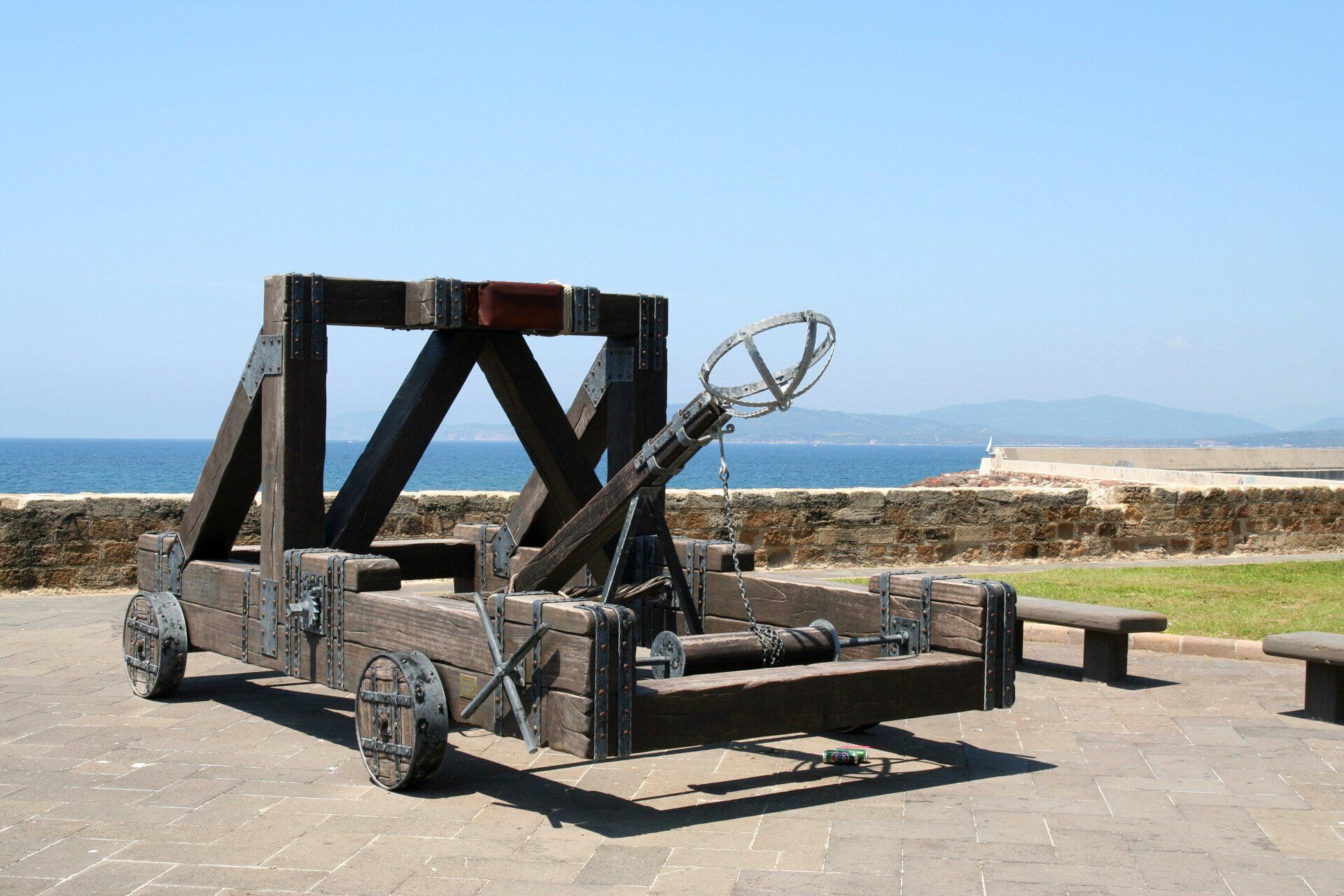Blog Layout
Early Success: Catapult or Crutch
Tony Attanucci • January 22, 2021
Early Success: Catapult or Crutch

We’ve all seen it. The stories of “the next one”. The superstar in the making. The generational talent taking the sport by storm. The young player that’s dominating his or her peers in their youth circuit. The ones who might need to play up a birth year or two to find a level of competition suited for their abilities that will push their development forward. Gretzky. Crosby. McDavid. These are the players that found success early on in the career development marathon and used it as a catapult to push themselves further and further along that path.
We’ve all seen it. The stories of “the next one”. The superstar in the making. The generational talent taking the sport by storm. The young player that’s dominating his or her peers in their youth circuit...The ones who ultimately level out, fizzle, and get passed by their peers further down the road when that critical stage in the process comes around, and they’re no longer at the top of the class. These are the players that found success early on in the career development marathon and used it as a crutch to lean on and keep themselves from being pushed further along that path.
So what’s the difference?
Why do we find these two different tales over and over again?
It often comes down to recognition, understanding, and decision making:
Recognition
Recognizing talent and potential is rather simple, assuming the evaluator has a trained eye for it or isn’t too close to the situation with rose-colored glasses. Identifying that, if certain actions are taken, potential has a legitimate chance to be realized is the first step in creating a special player. They see that there’s a difference between themselves and their peers. This recognition builds confidence. Confidence and high-level hockey are inseparable. Confidence breeds a flow state for performance. Confidence pushes a player to perform. However, when confidence is fueled by ego and turned into arrogance and entitlement, complacency and failure are right around the corner. Recognize the potential then harness it with understanding.
Understanding
Understanding that there are so many factors at play when determining long-term success is critical. Understanding it’s a marathon. There are different development timetables for each player. Knowing that there are lots of other players out there with talent. Hockey is worldwide. The player pool is deeper and more talented than ever before. The big fish in a small pond syndrome is more common and relevant, unfortunately. There’s talent everywhere now. There are also less talented players that will work harder than the highly skilled to push their development as far as it can go. Understanding that talent without work ethic is just a ticking time bomb.
Understanding how to navigate the muddy waters of the seemingly endless options available for players: What league to play in? What coaches to train with? Which videos to watch? Which advisors to trust? What’s good? What isn’t?
Understanding the process, how to filter the information available, and how to handle the talent ultimately lead us to the final factor, decision making.
Decision Making
Decision making becomes the separator for most of these stories and how they’re ultimately written. The big ones are obvious: Where do I play? Who do I trust? etc. The more important ones that decide the story’s ending, are the decisions that the player makes everyday.
The small ones are the big ones:
Am I the first player on the ice and the last off? Do I work on my weaknesses as well as my strengths? Do I ask for help? Do I help my teammates? Do I spend time away from the rink on my game? Am I getting sufficient sleep each night? What do I eat? Am I consistently training in the gym? Are my reps at practice or in the gym completed with intent? Do I have a positive attitude? Have I experienced adversity? How do I respond to adversity?
The last two questions are often the difference maker. Unfortunately, early success can lead to a delay in adversity. That delay can be a natural byproduct of being talented. It may also be a direct result of a smooth path that has been laid out by the player, his or her parents, or the environment in which they’ve developed. The longer this delay, the more likely it is that a fear of failure or a fixed mindset develops, and the eventual adversity breaks the player when it arrives. Exposure to adversity, the experience of those responses, and the preparation for future adversity are a major determining factor in long-term success.
So what’s it going to be for you or your young player?
Catapult or Crutch?
~Tony Attanucci
Share
Tweet
Share
Mail
More Posts



